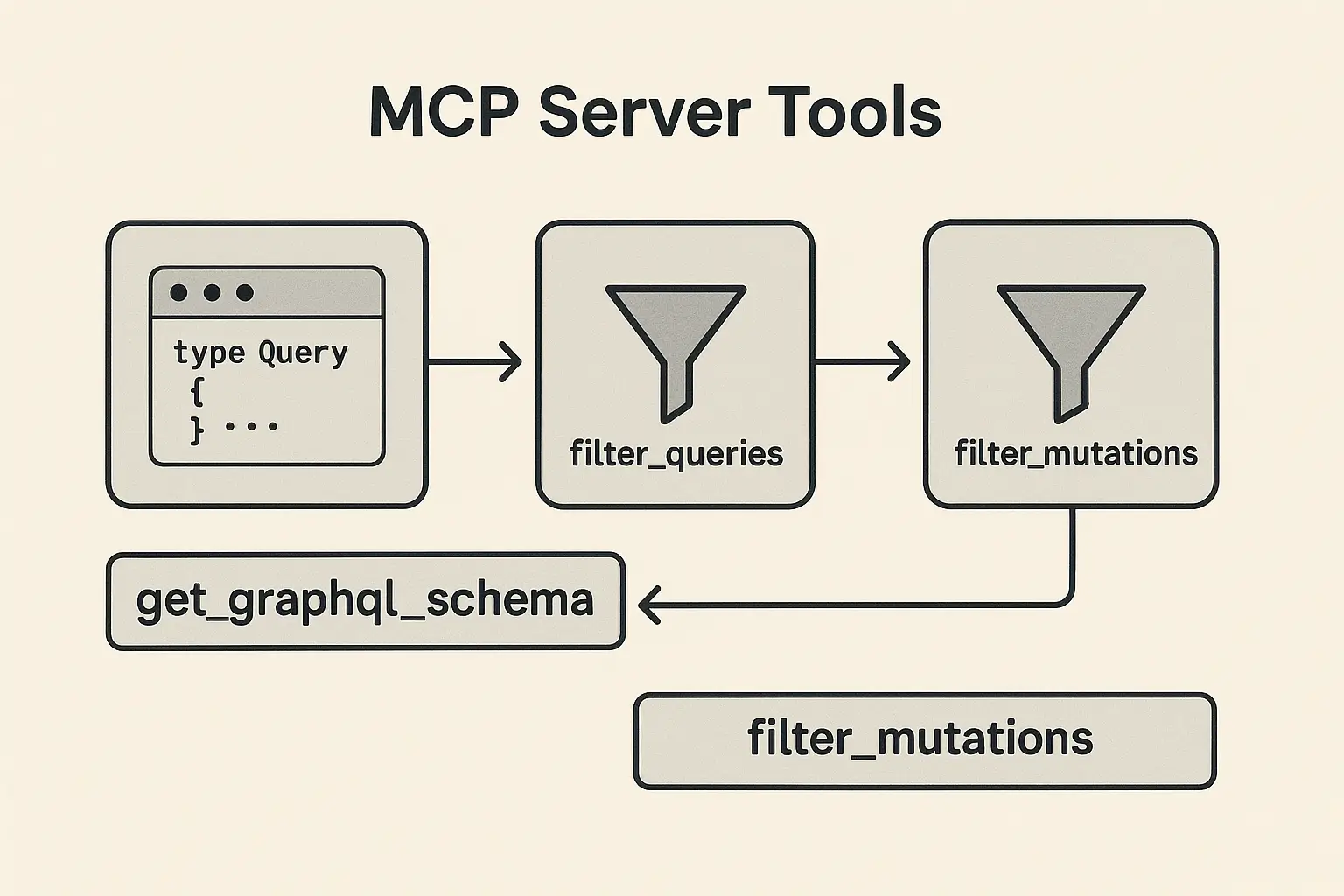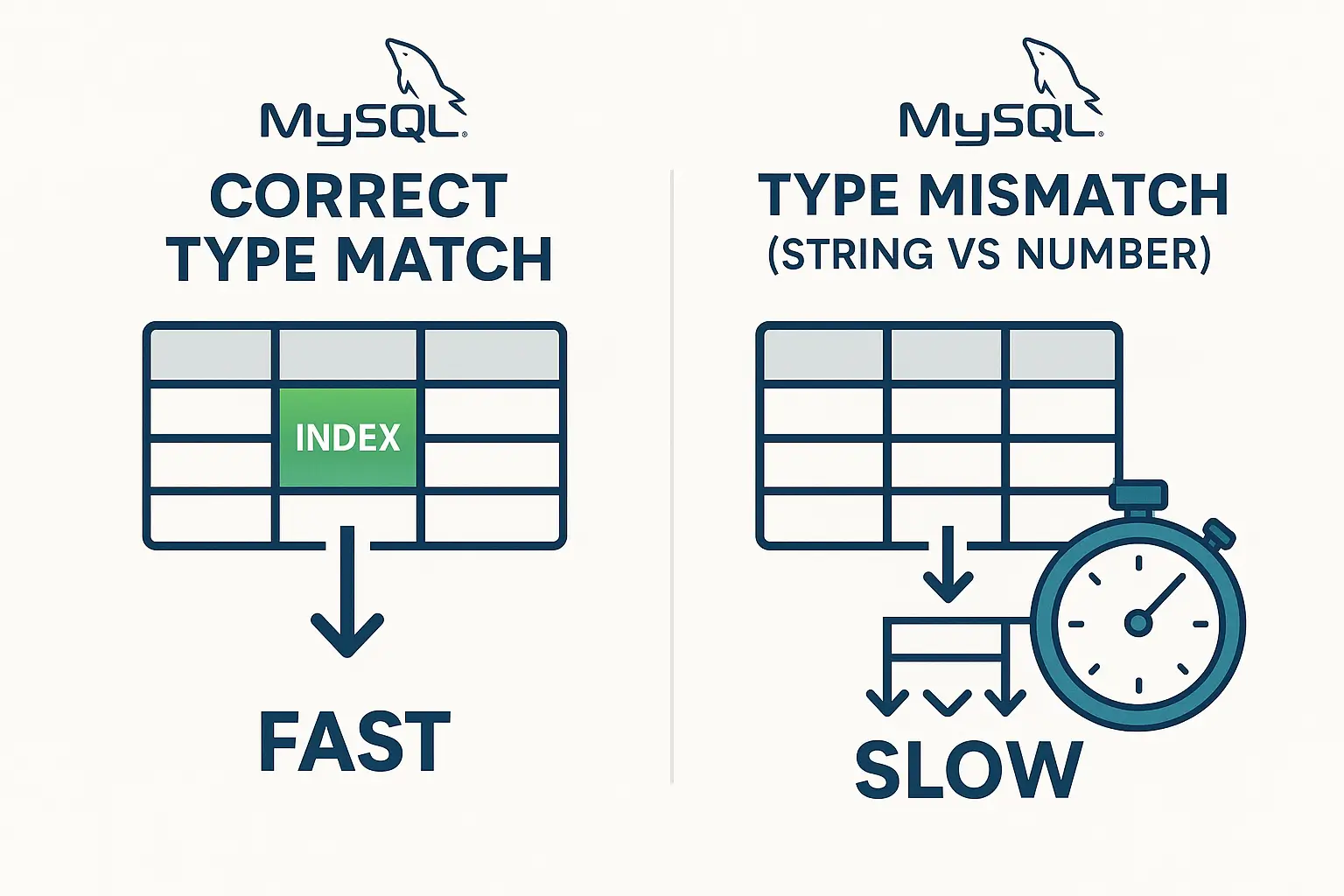Choosing the Right Route 53 Strategy: Active-Active vs. Active-Passive
Amazon Route 53 is a scalable DNS (Domain Name System) web service that can route traffic to different resources based on various routing policies. Two common configurations in Route 53 for managing traffic are Active-Active and Active-Passive failover.
Active-Active Failover

Active-Active Failover is a configuration where multiple resources (e.g., servers, databases, or other endpoints) are active and able to serve traffic simultaneously. The key goal of Active-Active is to balance the load across all available resources, enhancing availability and performance. If one resource fails, traffic is redistributed to the remaining active resources.
How It Works:
- Multiple Health Checks: Route 53 monitors the health of each resource through health checks.
- Load Balancing: Traffic is evenly distributed across all healthy resources based on the configured routing policy (e.g., weighted, latency-based, or geo-location).
- Failover: If a resource becomes unhealthy or unavailable, Route 53 automatically stops sending traffic to it and reroutes to the remaining healthy resources.
Use Cases:
- High Availability Applications: Applications that require high availability and want to maximize resource utilization by distributing traffic across multiple active servers or regions.
- Global Load Balancing: Applications that serve users across different geographic locations and need to route traffic to the nearest or best-performing resources.
Active-Passive Failover

Active-Passive Failover is a configuration where one set of resources (the active set) handles all the traffic under normal conditions, while another set of resources (the passive set) is on standby, ready to take over if the active resources fail.
How It Works:
- Primary (Active) Resources: Route 53 routes all traffic to the primary resources as long as they are healthy.
- Secondary (Passive) Resources: The passive resources remain idle until a failover event occurs.
- Failover Trigger: Route 53 uses health checks to monitor the primary resources. If these resources fail, Route 53 redirects traffic to the passive resources, which then become active.
- Automatic Recovery: Once the primary resources are healthy again, Route 53 can automatically revert traffic back to them, making the passive resources idle again.
Use Cases:
- Disaster Recovery: Applications that require a reliable disaster recovery plan, with secondary resources ready to take over in case of primary resource failure.
- Cost Efficiency: Environments where maintaining multiple active resources would be too costly, but having a failover option is necessary to ensure availability.
Comparison
| Feature | Active-Active | Active-Passive |
|---|---|---|
| Traffic Distribution | Load balanced across all active resources | All traffic goes to the active resource, with the passive resource on standby |
| Resource Utilization | High, as all resources are serving traffic | Low, passive resources are idle until failover |
| Failover Mechanism | Traffic is redistributed among healthy resources | Traffic is switched from active to passive resources upon failure |
| Recovery Time | Typically faster, as traffic is only redistributed | May involve a brief delay as traffic is redirected |
| Use Case | High availability and load balancing | Disaster recovery and cost efficiency |
Conclusion
The choice between Active-Active and Active-Passive failover depends on your application’s requirements for availability, performance, and cost. Active-Active is ideal for maximizing resource utilization and providing high availability, while Active-Passive is a cost-effective solution for disaster recovery with a clear primary and backup setup.
Read more: https://docs.aws.amazon.com/Route53/latest/DeveloperGuide/dns-failover-types.html





